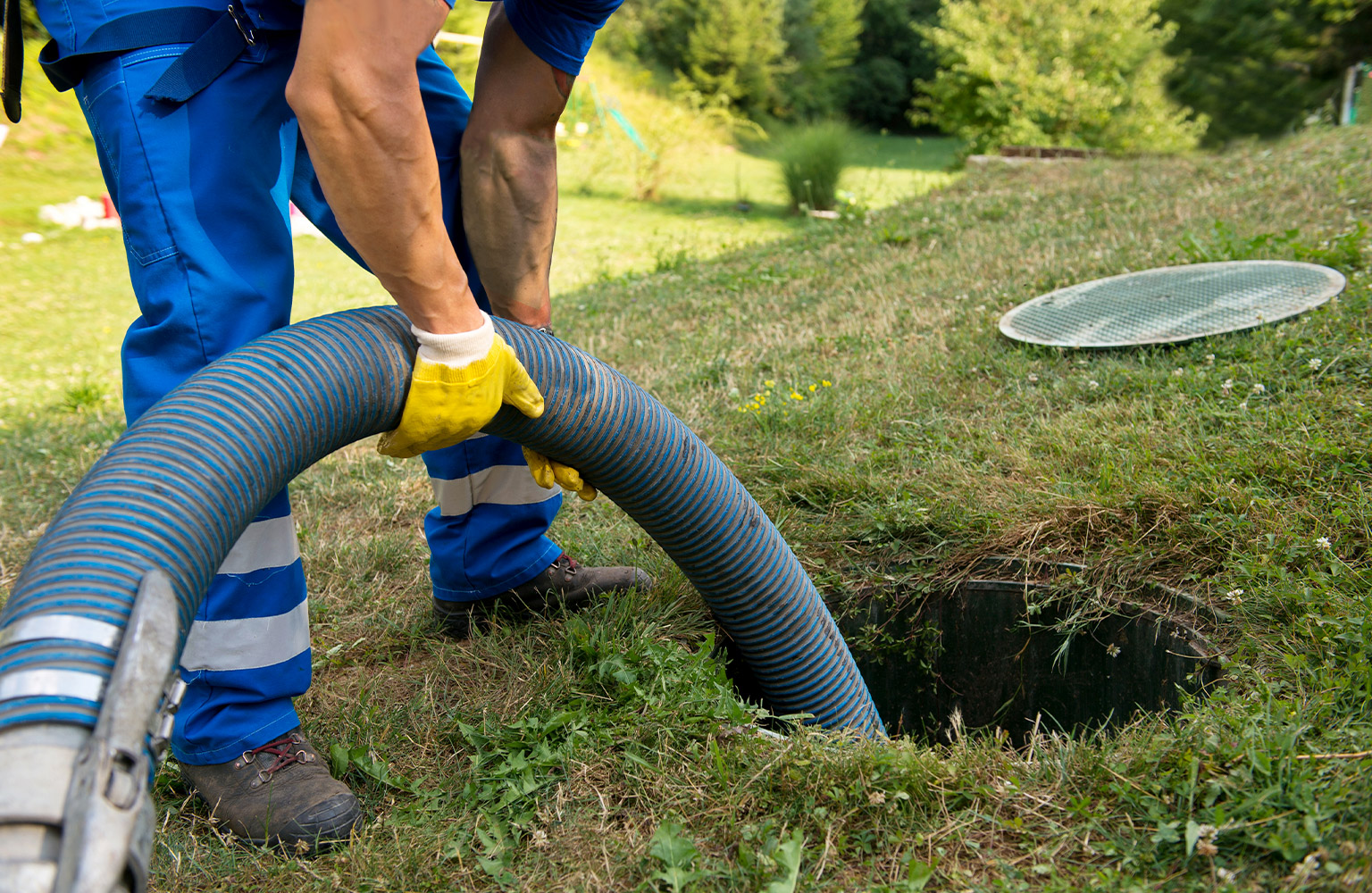
Wondering who to call for septic problems? Learn when to hire plumbers vs septic pros, warning signs, and average repair and pumping costs
The average cost of a Title 5 inspection is $500


A Title 5 inspection runs between $300 and $900, averaging $500 for most homeowners.
Hiring a certified Title 5 inspector ensures your system remains compliant with state regulations, protects its long-term health, and can save you from unexpected expenses down the road.
The type of inspection you require determines your total cost, with re-inspections starting at $200 and advanced inspections running up to $1,200.
This article was updated using automation technology and thoroughly reviewed for accuracy by HomeAdvisor Editor Ryan Noonan.
A Title 5 inspection ranges from $300 to $900, with an average cost of $500. Your final price is largely determined by the type of inspection you require and any necessary repairs that may be recommended after the inspection. Along with checking the tank and drain field during a Title 5 inspection, a licensed septic pro tests every fixture inside the house. Plan to schedule one if you’re undergoing a home renovation, selling or buying a home, or living in Massachusetts.
Title 5 inspection costs vary significantly depending on the type of service you require. Standard inspections are designed for routine inspections for property sales or transfers, while advanced inspections are best for large or unusual systems. Some homeowners may incur re-inspection fees if they need a follow-up after repairs or system failures.
| Inspection Type | Average Cost Range |
|---|---|
| Standard | $400–$700 |
| Advanced | $700–$1,200 |
| Re-inspection | $200–$400 |
While the inspection fee itself is straightforward, additional expenses may arise after the report is completed. In some cases, you may even be able to skip the inspection altogether.
A passing report indicates that the septic system is in good condition, and the sale can proceed. A conditional pass or failure, however, puts the transaction on hold until the listed repairs or a full replacement are completed. Some municipalities also require you to pay for septic pumping at the same time as the Title 5 inspection, which costs between $250 and $500.
Examples of system components that may receive a conditional pass include:
Metal or cracked septic tanks
Uneven distribution boxes
Broken or obstructed pipes
Malfunctioning pump chambers
A conditional pass indicates that at least one component requires improvement. The average cost to repair a septic system is $3,270. A failed report indicates the entire system must be replaced. Most homeowners spend between $6,800 and $10,050 for the cost of a new septic system.
While homeowners can visually inspect their septic system for signs of trouble, a true Title 5 inspection must be performed by a licensed inspector in accordance with local regulations. Attempting a DIY version won't meet legal requirements and could delay property sales or lead to fines.
Hiring a certified septic pro near you ensures your septic system is evaluated properly, documented correctly, and reported to local authorities. Professionals have the tools and training to uncover hidden issues and help you stay compliant with state regulations.
Here are a few ways to cut costs during a Title 5 inspection:
Get multiple quotes from licensed inspectors in your area to compare prices and services.
Schedule during dry weather—a saturated system may require pumping or delay, increasing costs.
Pump your septic tank in advance to avoid added fees if the inspector needs to do it on-site.
Combine regular maintenance with this to reduce the likelihood of unexpected repairs during inspection.
Ask about bundled services—some companies offer discounts if you pair the inspection with pumping or minor repairs.
No place is more important than your home, which is why HomeAdvisor connects homeowners with local pros to transform their houses into homes they love. To help homeowners prepare for their next project, HomeAdvisor provides readers with accurate cost data and follows strict editorial guidelines. After a project is complete, we survey real customers about the costs to develop the pricing data you see, so you can make the best decisions for you and your home. We pair this data with research from reputable sources, including the U.S. Bureau of Labor Statistics, academic journals, market studies, and interviews with industry experts—all to ensure our prices reflect real-world projects.
From average costs to expert advice, get all the answers you need to get your job done.

Wondering who to call for septic problems? Learn when to hire plumbers vs septic pros, warning signs, and average repair and pumping costs

Budget for well pump repair costs based on factors such as parts and components, location, pump type, labor, inspections, and more.

Budget for septic tank repair costs based on factors including parts, materials, labor, ongoing maintenance costs, and more.

When calculating the cost to pump a septic tank, you need to consider the size of the tank, how often it needs to be pumped, and the maintenance of the tank.

Use this guide to budget for a septic system inspection based on cost factors such as inspection type, accessibility, and additional septic services.

If you need to replace your well pump, you should budget based on the well pump type, size, and labor rates in your area.